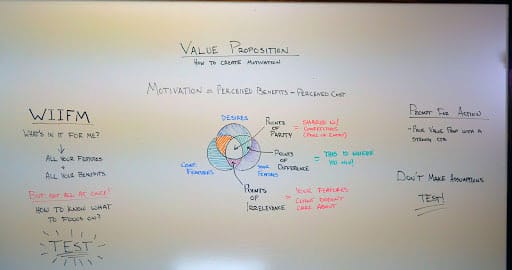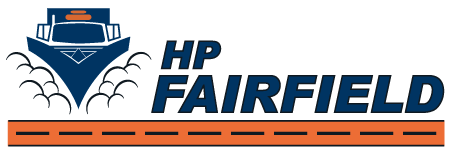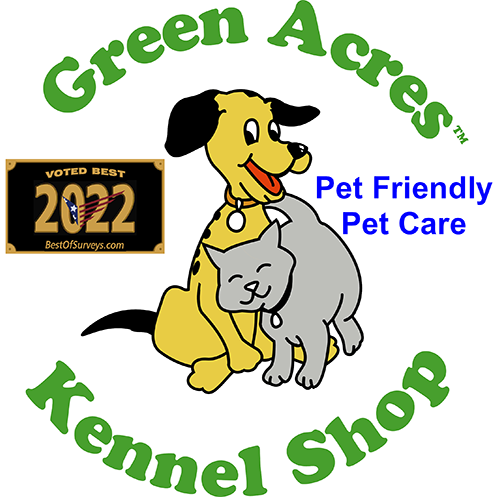Crafting a Value Proposition – Whiteboard Wednesday

In this Whiteboard Wednesday from Links Web Design, Lenny Ford explains how to craft an effective value proposition for any website landing page.
Video Transcription
Hey everybody, Lenny Ford from Links Web Design. You see, I’m wearing my jacket today. Up here in Maine, it gets cold more often than not. Today, we are going to talk about a hot topic, the value proposition.
What is it?
Your value proposition is probably one of the most important things on your site. It tells clients why they should choose you. As one of the most important things, you want to make sure that on your website it’s really noticeable.
Where does it belong on your site?
It’s probably going to be one of the first things we want to see on your site. I did a search in Google. It lead me to your site. Now, I want to know why I should choose you over the other links in the search result. Which I may be able to really easily click the back button and go back to.
How do you craft one?
We don’t want that. We want to keep them there and drive them to take the next step. A value proposition can be kind of boiled down to creating motivation. Motivation is the perceived benefits of your product or services minus the perceived cost. It says perceived because it’s individual.
Client A may think the perceived benefits are much higher than Client B and its relative. That can be a sliding scale and it’s arbitrary. You can kind of get a sense of it by saying it’s on a scale of 1-10. Their motivation is equal to the perceived benefits.
Let’s say your product or service has really good benefits to them. It’s an 8. The cost is relative. It’s pretty good It’s a 4. 8-4 is 4. This is going to give us a motivation level of 4 out of 10. We can also go into negative numbers. The benefits are good, they’re a 5. The cost is really high. It’s an 8.
Now, the motivation level is -3. I like your product. I like the benefits, but it costs way too much. The idea here is we want to create a value proposition that is important and appeals to the potential client.
How do we do that?
Well, we have to look at it from the standpoint of, “what’s in it for me?” or WIIFM.
What’s in it for them?
They don’t care about you. They don’t care about your company at this point. We want to make sure that they understand that there are actual benefits to them directly.
What’s in it for me?
All your features and benefits combined. We can’t give them all of that at one time. That would just overload them. It’s way too much. We can’t do that all at once. We have to focus on one thing.
What you want to focus on is the most important feature or benefit to the most important type of client that you can get. Depending on what that is, it changes for everybody.
How do you know?
You need to test. That’s the only way to figure it out. Basically, you may need to launch your website with one value proposition. If that doesn’t do well, you can kind of tweak it, work on it, and change it. Then, watch your results. That’s really the best way to find out the knock-them-dead value proposition.
One good place to start is right here. I made this nice little Venn diagram for us. There are three things going on here. We have the desires of our clients, that’s the center circle. We have our competitor’s features and our features. They all intersect at different points.
Start right out in dead center where the client’s desires, our features, and our client’s features all mesh together. That’s called points of parity. It means that it’s shared with your competitors. It’s the price of entry. You can’t say clients want to work with us because we have the best customer service.
No, everybody has the best customer service. That’s the price of entry. You need that if you’re going to survive. So that’s out. That can’t be our value proposition. Then, we have where our features and competitor’s features overlap.
Those are points of irrelevance. Features your clients don’t really care about. Both you and your competitors have them. They don’t mesh with my desires. That’s outside my client desire circle. I don’t care about those features. Both of you have them. They are irrelevant.
What does that leave us with?
That leaves us with the section where our client’s desires and features overlap. That’s the point of difference. This is where we win. This is where we differentiate ourselves from our competitors.
So that’s a good place to start. Kind of think out what those are. You can even draw this nice little Venn diagram. List these things out. You can get those in a really clear, concise list for yourself.
Then, you want to craft a value proposition based on what you find are your points of difference. Again, you may end up with 4-5 value propositions. You must figure out which one appeals to the most important client.
Again, I say you want to focus on the most important client. Because you have your whole website to focus on all the myriad of details. The small features and benefits appeal to the less important client.
These clients are predisposed to buy already. Maybe they don’t provide as much profit as the most important client does. You take that and put it all together.
What do you do with it?
Well, you usually want to prompt action. After you give them the value proposition, pair it with a call to action. We’re going to talk a little bit more about the call to action next week. We give you that full picture. You want to pair that with it.
It works really well. In today’s design, you usually see these right top of the page over an image, a big value proposition, a little call to action, and nice, bold color. It prompts you to take that next step. Finally, don’t make assumptions.
Test
If you assume this is the right value proposition, set it and forget it. It’s not going to work out for you. Make sure you test and iterate all the time. It’s the best way to make sure that your website succeeds.
———————————————
Links Web Design is a Website Design Company in Bangor, Maine.









